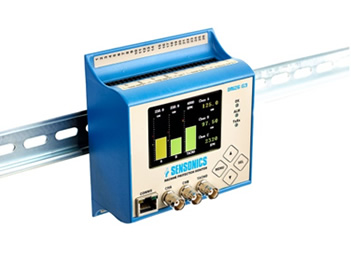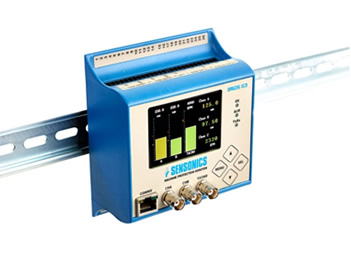How To Incorporate Vibration Monitoring Into Predictive Maintenance

As all equipment operators and plant managers will know, downtime is an expensive inconvenience that manufacturing businesses must avoid wherever possible. Sudden machinery faults can bring production to a standstill, plunging schedules into turmoil and costing a business significant sums to obtain and fit replacement parts.
Predictive maintenance is an effective strategy to anticipating and preventing periods of downtime. Whereas preventative maintenance relies on the performance history of the machine and provides a useful estimate of the life expectancy of different components, predictive maintenance goes one step further. By harnessing real-time information about the equipment, it provides a more accurate, evidence-based approach to equipment maintenance, so that tasks are only performed when necessary, saving money in the process.
As vibration is an important symptom of a potential fault or component failure in equipment, effective vibration monitoring can be built into a programme of predictive maintenance, increasing the chance that problems will be detected early.
Incorporating Vibration Monitoring Into Predictive Maintenance
As predictive maintenance relies on real-time performance data, vibration monitoring is an invaluable source of information. To ensure effective integration of vibration monitoring into the maintenance schedule, the following points should be adhered to:
- Constant monitoring of vibration is necessary to ensure consistent, accurate performance data so that changes in vibration levels are detected and assessed promptly.
- An early warning system should enable instant visual and/or audible alerts so that operatives can take instantaneous actions to shut down the equipment to prevent serious damage or injury. For example, a warning that is sounded within milliseconds of vibration levels exceeding acceptable parameters will ensure no serious problems go unchecked.
- Vibration monitoring is most effective when combined with other data, such as temperature, rotational speed & position to provide a detailed, overarching assessment of machine performance.
- Implementing a vibration monitoring system that allows for flexible parameters means you retain control of your predictive maintenance, adjusting the acceptable limits for vibration as necessary to refine the acceptable performance limits and eliminate unnecessary alerts.
Contact Sensonics For Vibration Monitoring Equipment
If vibration monitoring is integrated effectively into the predictive maintenance programme, there can be significant benefits for your business, including reduced downtime, cost savings, and more positive relationships with customers.
At Sensonics, we have over four decades of experience providing vibration monitoring solutions for a variety of demanding environments. We offer a comprehensive range of sensors and measuring and protection equipment, with a full design, installation, and commissioning service. For more information, get in touch by phone or email.


